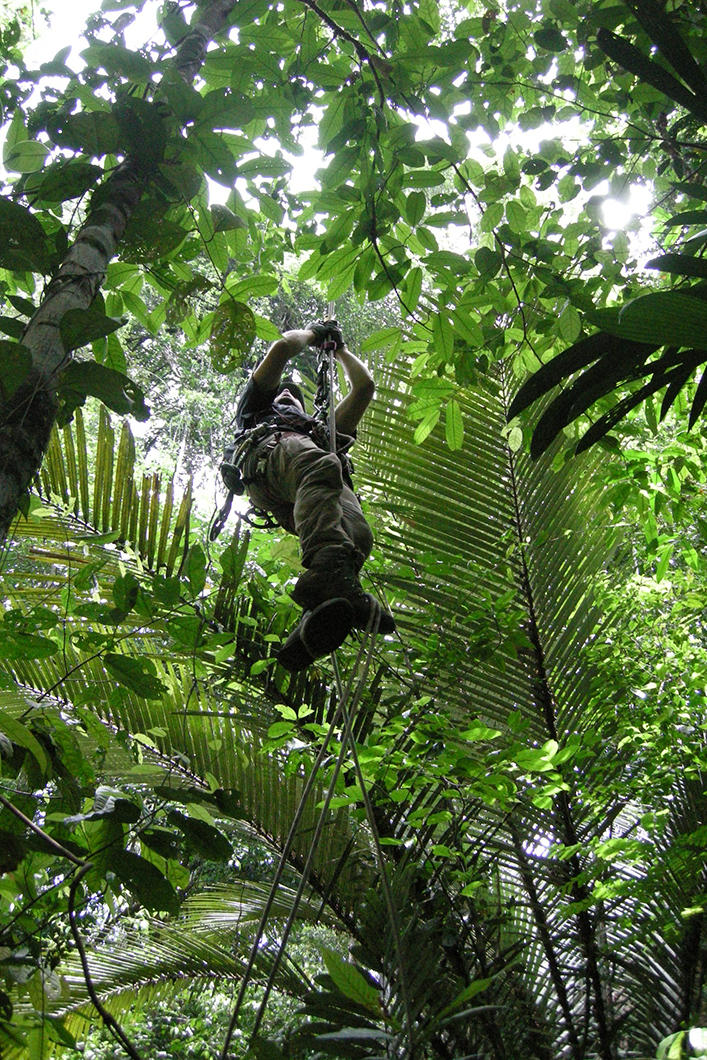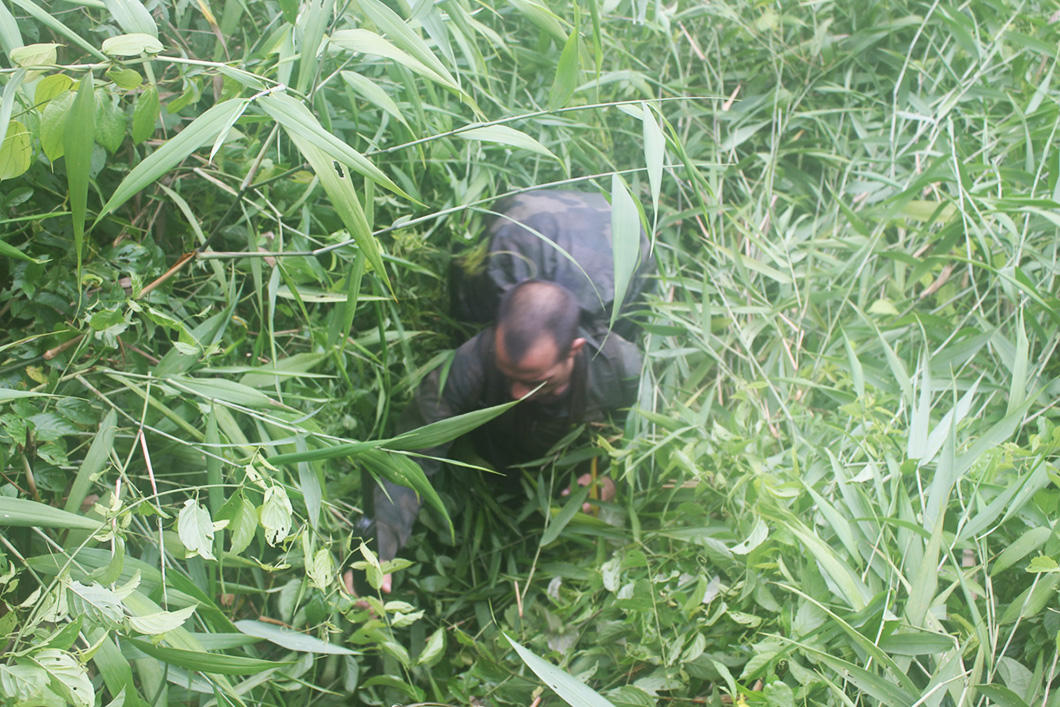Research to the Extreme
You are here
 Lire en français [2]
Lire en français [2]Research to the Extreme










 Lire en français [2]
Lire en français [2]








Links
[1] https://news.cnrs.fr/
[2] https://lejournal.cnrs.fr/diaporamas/les-chercheurs-de-lextreme
[3] https://news.cnrs.fr/javascript%3A%3B
[4] https://news.cnrs.fr/society
[5] https://news.cnrs.fr/earth
[6] https://news.cnrs.fr/mission-0
[7] https://news.cnrs.fr/authors/la-redaction
[8] https://twitter.com/intent/tweet?url=https%3A//news.cnrs.fr/print/1439%2F&text=Research to the Extreme
[9] http://www.facebook.com/sharer/sharer.php?s=100&p%5Burl%5D=https%3A//news.cnrs.fr/print/1439&p%5Btitle%5D=Research%20to%20the%20Extreme&p%5Bimages%5D%5B0%5D=https%3A//news.cnrs.fr/sites/default/files/styles/lightbox-hd/public/assets/images/20090001_1187_01.jpg%3Fitok%3DZhpWaAnI&p%5Bsummary%5D=
[10] https://bsky.app/intent/compose?text=Research to the Extreme%0Ahttps%3A//news.cnrs.fr/print/1439
[11] http://www.facebook.com/sharer/sharer.php?s=100&p%5Burl%5D=https%3A//news.cnrs.fr/print/1439&p%5Btitle%5D=Research%20to%20the%20Extreme&p%5Bimages%5D%5B0%5D=https%3A//news.cnrs.fr/sites/default/files/styles/lightbox-hd/public/assets/images/20180035_0220_02.jpg%3Fitok%3D_UIl-lgr&p%5Bsummary%5D=
[12] http://www.facebook.com/sharer/sharer.php?s=100&p%5Burl%5D=https%3A//news.cnrs.fr/print/1439&p%5Btitle%5D=Research%20to%20the%20Extreme&p%5Bimages%5D%5B0%5D=https%3A//news.cnrs.fr/sites/default/files/styles/lightbox-hd/public/assets/images/20030001_1205_03.jpg%3Fitok%3DTSlOqzCT&p%5Bsummary%5D=
[13] http://www.facebook.com/sharer/sharer.php?s=100&p%5Burl%5D=https%3A//news.cnrs.fr/print/1439&p%5Btitle%5D=Research%20to%20the%20Extreme&p%5Bimages%5D%5B0%5D=https%3A//news.cnrs.fr/sites/default/files/styles/lightbox-hd/public/assets/images/20150001_0252_04.jpg%3Fitok%3Dh15t9ux9&p%5Bsummary%5D=
[14] http://www.facebook.com/sharer/sharer.php?s=100&p%5Burl%5D=https%3A//news.cnrs.fr/print/1439&p%5Btitle%5D=Research%20to%20the%20Extreme&p%5Bimages%5D%5B0%5D=https%3A//news.cnrs.fr/sites/default/files/styles/lightbox-hd/public/assets/images/20110001_0821_05.jpg%3Fitok%3DJ6oZ27Wl&p%5Bsummary%5D=
[15] http://www.facebook.com/sharer/sharer.php?s=100&p%5Burl%5D=https%3A//news.cnrs.fr/print/1439&p%5Btitle%5D=Research%20to%20the%20Extreme&p%5Bimages%5D%5B0%5D=https%3A//news.cnrs.fr/sites/default/files/styles/lightbox-hd/public/assets/images/20180070_0021_06.jpg%3Fitok%3Dl3a8RD0s&p%5Bsummary%5D=
[16] http://www.facebook.com/sharer/sharer.php?s=100&p%5Burl%5D=https%3A//news.cnrs.fr/print/1439&p%5Btitle%5D=Research%20to%20the%20Extreme&p%5Bimages%5D%5B0%5D=https%3A//news.cnrs.fr/sites/default/files/styles/lightbox-hd/public/assets/images/20140001_1868_07.jpg%3Fitok%3Dz2EPNytA&p%5Bsummary%5D=
[17] http://www.facebook.com/sharer/sharer.php?s=100&p%5Burl%5D=https%3A//news.cnrs.fr/print/1439&p%5Btitle%5D=Research%20to%20the%20Extreme&p%5Bimages%5D%5B0%5D=https%3A//news.cnrs.fr/sites/default/files/styles/lightbox-hd/public/assets/images/20160071_0120_08.jpg%3Fitok%3DSweBSlFj&p%5Bsummary%5D=
[18] http://www.facebook.com/sharer/sharer.php?s=100&p%5Burl%5D=https%3A//news.cnrs.fr/print/1439&p%5Btitle%5D=Research%20to%20the%20Extreme&p%5Bimages%5D%5B0%5D=https%3A//news.cnrs.fr/sites/default/files/styles/lightbox-hd/public/assets/images/chercheurs_de_lextreme_09.jpg%3Fitok%3Dt-I16LQT&p%5Bsummary%5D=
[19] https://news.cnrs.fr/articles/science-one-step-ahead
[20] https://news.cnrs.fr/articles/ten-years-on-mixed-results-for-the-paris-agreement
[21] https://news.cnrs.fr/articles/colonialism-in-green-camouflage
[22] https://news.cnrs.fr/articles/cervantes-an-influencer-of-his-time
[23] https://news.cnrs.fr/articles/the-myth-of-energy-transition
[24] https://news.cnrs.fr/videos/of-yaks-and-men
[25] https://news.cnrs.fr/slideshows/monitoring-glaciers-at-the-top-of-the-world
[26] https://news.cnrs.fr/himalayas
[27] https://news.cnrs.fr/amazon
[28] https://news.cnrs.fr/guyana
[29] https://news.cnrs.fr/jungle-0
[30] https://news.cnrs.fr/forest
[31] https://news.cnrs.fr/climate
[32] https://news.cnrs.fr/antarctica
[33] https://news.cnrs.fr/biodiversity
[34] https://news.cnrs.fr/glacier-0
[35] http://www.facebook.com/sharer/sharer.php?s=100&p%5Burl%5D=https%3A//news.cnrs.fr/print/1439&p%5Btitle%5D=Research%20to%20the%20Extreme&p%5Bimages%5D%5B0%5D=&p%5Bsummary%5D=
[36] https://news.cnrs.fr/printmail/1439